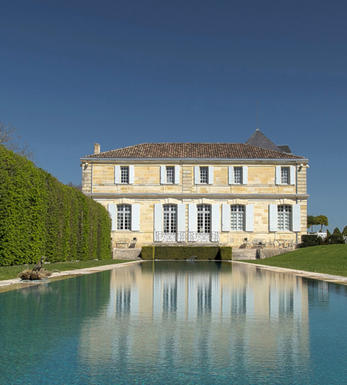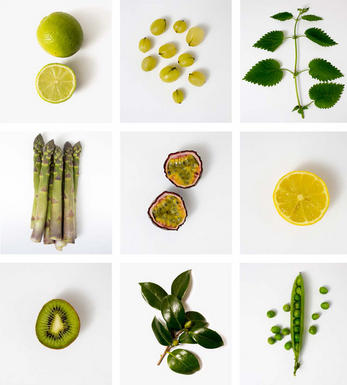
2015 Château du Tertre Blanc, Margaux, Bordeaux

Critics reviews
Neal Martin - 28/04/2016
About this WINE

Chateau du Tertre
Château du Tertre in Margaux was in the 1990s a prime contender for the prize of the least-known Classed Growth wine in the Médoc. It was bought by the Dutch businessman, Eric Albada Jelgersma, in 1997 with a mission to revitalise the estate's fortunes. Château du Tertre's revival was first signalled with its stunning offering from the 2000 vintage and this has continued with equally strong offerings from 2005 and 2008 and 2009.
Château du Tertre can trace its history back to the 12th century, has 50 hectares of vineyards which neighbour those of Cantenac-Brown and Brane-Cantenac to the north and Giscours to the east.
It is situated on one of the highest hills in the Margaux commune which is where its name comes from (Tertre means knoll). The wines is typically a blend of 45% Cabernet Sauvignon, 45% Merlot and 10% Cabernet Franc - Previously the wine's ageing capacity was suspect but examples from recent vintages will age easily for 15 or more years.

Margaux
If Pauillac can be seen as the bastion of ‘traditional’ Red Bordeaux, then Margaux represents its other facet in producing wines that are among Bordeaux’s most sensual and alluring. It is the largest commune in the Médoc, encompassing the communes of Cantenac, Soussans, Arsac and Labaude, in addition to Margaux itself. Located in the centre of the Haut-Médoc, Margaux is the closest of the important communes to the city of Bordeaux.
The soils in Margaux are the lightest and most gravelly of the Médoc, with some also containing a high percentage of sand. Vineyards located in Cantenac and Margaux make up the core of the appelation with the best vineyard sites being located on well-drained slopes, whose lighter soils give Margaux its deft touch and silky perfumes. Further away from the water, there is a greater clay content and the wines are less dramatically perfumed.
Margaux is the most diffuse of all the Médoc appelations with a reputation for scaling the heights with irreproachable wines such as Ch. Margaux and Ch. Palmer, but also plumbing the depths, with too many other châteaux not fulfilling their potential. There has been an upward shift in recent years, but the appellation cannot yet boast the reliability of St Julien. However, the finest Margaux are exquisitely perfumed and models of refinement and subtlety which have few parallels in Bordeaux.
Recommended Châteaux: Ch. Margaux, Ch. Palmer, Ch. Brane-Cantenac, Ch. Rauzan-Ségla , Ch. Dufort-Vivens, Ch. Ferrière, Ch. du Tertre, Ch. Giscours, Ch. d'Angludet.

Sauvignon Blanc
An important white grape in Bordeaux and the Loire Valley that has now found fame in New Zealand and now Chile. It thrives on the gravelly soils of Bordeaux and is blended with Sémillon to produce fresh, dry, crisp Bordeaux Blancs, as well as more prestigious Cru Classé White Graves.
It is also blended with Sémillon, though in lower proportions, to produce the great sweet wines of Sauternes. It performs well in the Loire Valley and particularly on the well-drained chalky soils found in Sancerre and Pouilly-Fumé, where it produces bone dry, highly aromatic, racy wines, with grassy and sometimes smoky, gunflint-like nuances.
In New Zealand, Cloudy Bay in the 1980s began producing stunning Sauvignon Blanc wines with extraordinarily intense nettly, gooseberry, and asparagus fruit, that set Marlborough firmly on the world wine map. Today many producers are rivalling Cloudy Bay in terms of quality and Sauvignon Blanc is now New Zealand`s trademark grape.
It is now grown very successfully in Chile producing wines that are almost halfway between the Loire and New Zealand in terms of fruit character. After several false starts, many South African producers are now producing very good quality, rounded fruit-driven Sauvignon Blancs.


Buying options
Add to wishlist
Description
Introduced in the 2014 vintage by Classed Growth Ch. du Tertre, this is not your classic Bordeaux Blanc of Sauvignon and Sémillon, being made from a blend of grapes more often found in the wines of Southern France. Tasted blind it would be hard to place. It’s bottled under the “Vin de France” appellation, as the grapes aren’t approved for the Bordeaux appellation.
The nose is fresh and bright, bursting with aromas of lemon, pear and peach. There is a lovely zip of acidity on the palate, with ripe citrus and green apple followed by stone-fruit characters of peach and white nectarine. There is a touch of creaminess on the finish adding an extra layer of complexity. Drink now to 2018.
wine at a glance
Delivery and quality guarantee